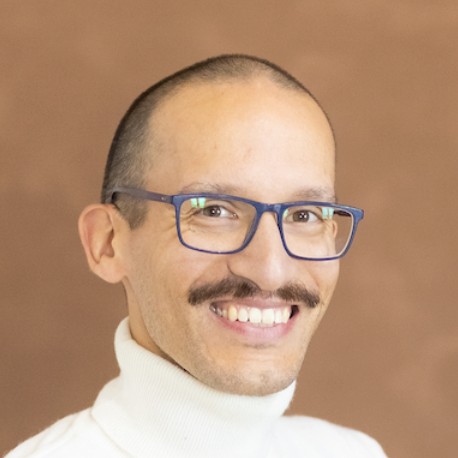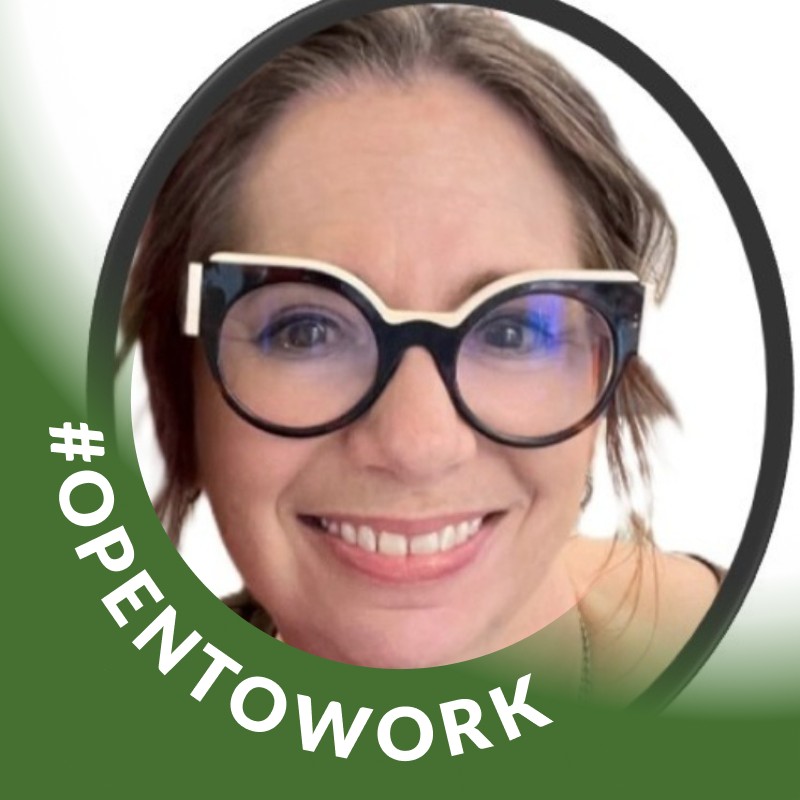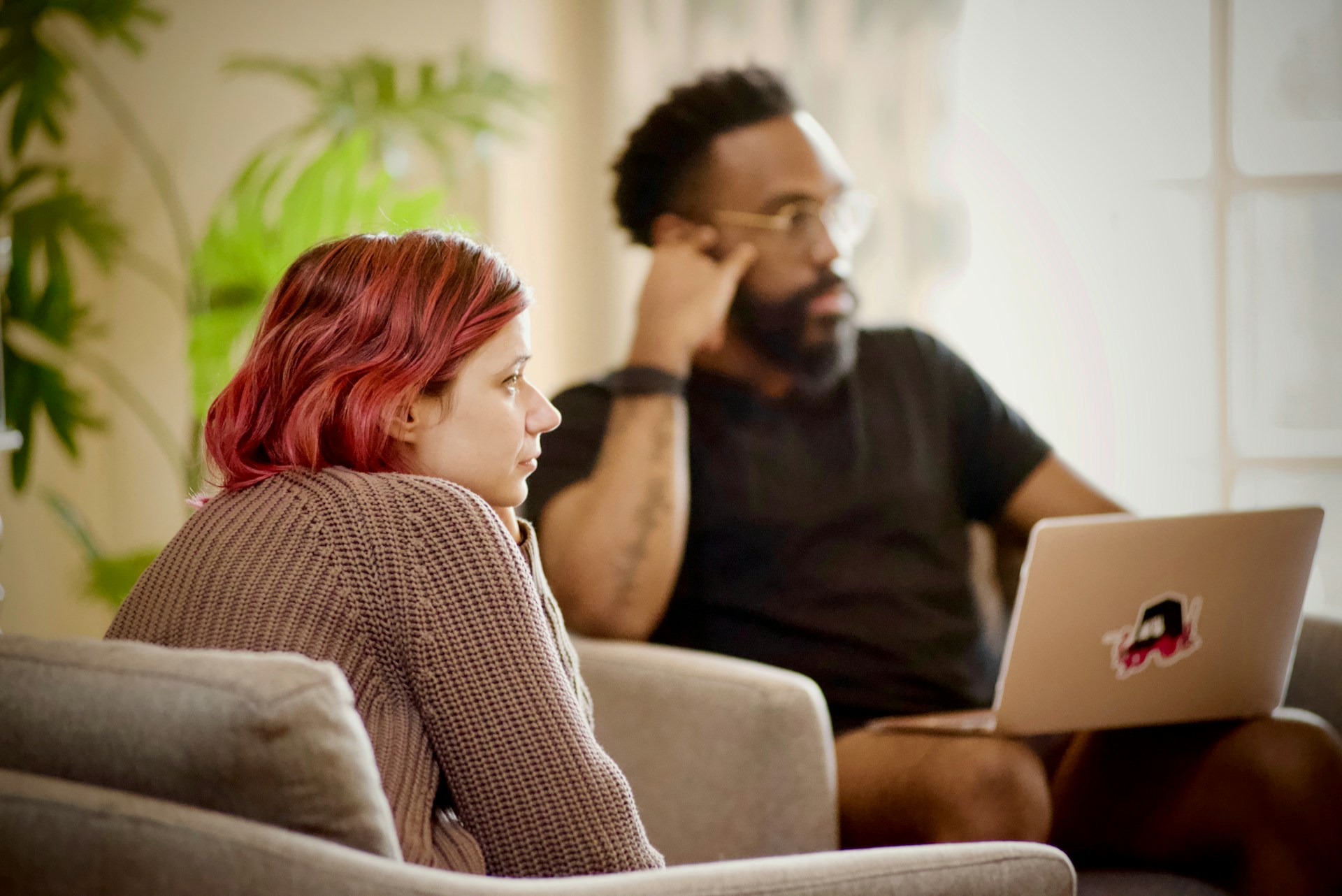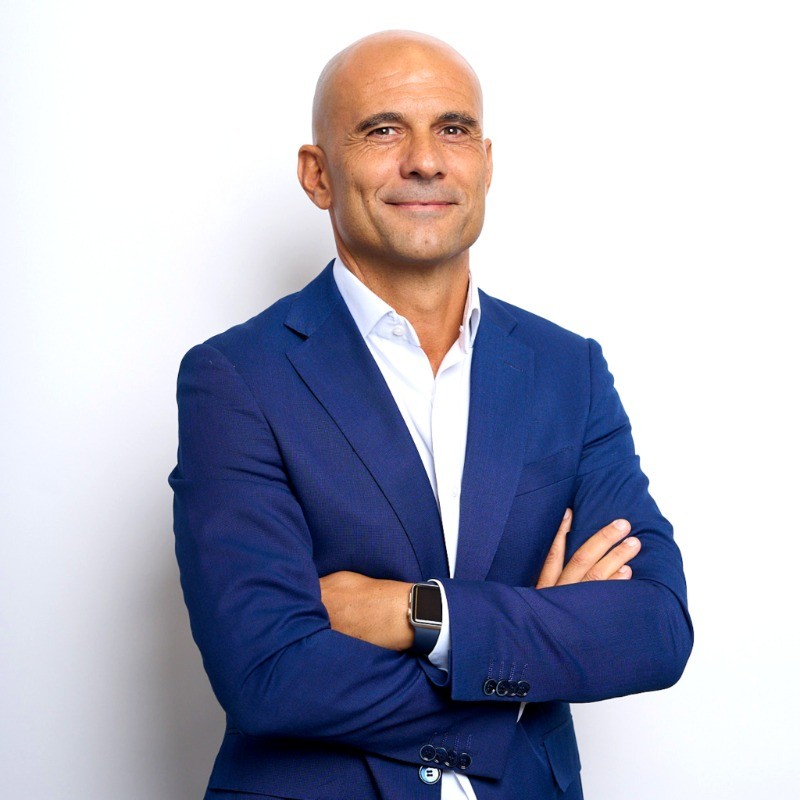Interview with
People as a strategic asset and a competitive advantage

People as a strategic asset and a competitive advantage
In this article: Gianfranco Chimirri, Chief People & Transformation Officer at SACE, shares a clear vision: people are the most strategic asset of any organization. His experience shows how a human-centric approach – based on freedom, responsibility, coaching, and technology – can drive real transformation. With bold initiatives – from the 4-day workweek to distributed leadership – SACE stands as a model of HR innovation.
Contents
- What are your current priorities in the HR function? What are you focusing on to truly make a difference?
- SACE has launched mentoring and coaching programs. What led you to invest in these tools?
- How do you foster a truly people-centered company culture?
- What challenges and opportunities do you see ahead for People & Culture leaders?
- Is there a dream or a vision that guides you in your role?
What are your current priorities in the HR function? What are you focusing on to truly make a difference?
At SACE, the traditional HR function no longer exists. Instead, we have a structure called People, Organization & Transformation, which drives cultural, technological, and organizational change. Our goal is to make people a strategic asset and a competitive advantage for the business – even more so in a world driven by technology.
We’ve built our strategy around five pillars:
- Freedom & Responsibility: distributed leadership, experimentation, continuous feedback.
- Skill-Based Organization: people seen as portfolios of skills that generate value.
- Agile & OKRs: fewer hierarchical levels, more outcome-focused work.
- Generative AI: technology that augments people, not replaces them.
- Radical Flexibility: 4-day workweek and flexible work based on trust and responsibility.
The results? 2024 and 2025 have been record years for SACE.
SACE has launched mentoring and coaching programs. What led you to invest in these tools?
One of our main goals is to transform technical leadership into human-centric leadership. We want those who lead people to become true people leaders. That means:
- Inspiring others through the company’s purpose
- Communicating strategic direction
- Removing obstacles
- Supporting others' development
To do this, leaders must become coaches – not controllers. Coaching is the art of asking the right questions that encourage reflection and ownership. It’s not about giving top-down answers.
For us, coaching and mentoring are not just leadership development tools – they are levers for personal growth. It's an inside-out approach: to impact others, you first need to be able to lead yourself.
How do you foster a truly people-centered company culture?
The initiative I’m most proud of is sharing the “AI dividend” with our people. We showed that AI can increase productivity – but also free up time for personal wellbeing. It was a powerful message, with strong internal and external impact. Microsoft even recognized us as a global Lighthouse Case, sharing our story worldwide through media and interviews.
What challenges and opportunities do you see ahead for People & Culture leaders?
There are three main areas:
- Workforce Transformation: many companies invest in tech but forget to transform the workforce. That’s a missed opportunity.
- Human-Centric + Data-Driven Leadership: combining empathy and data to make smarter people decisions.
- Organizational Wellbeing: building a culture of long-term, sustainable wellbeing. Today, stress and disengagement are high – but HR can change that.
In short, this isn’t just an HR challenge – it’s an organizational one, involving CEOs too. If HR finds effective solutions, the business impact can be huge.
Is there a dream or a vision that guides you in your role?
I’ve been lucky to work in an organization that helped me discover and live my purpose: guiding organizations into the future by putting ordinary people at the center – and leaving no one behind.
My dream is to keep building a truly human-centric future, finding sustainable and innovative ways to organize work. Yesterday’s answers aren’t enough. The context changes every day – and so must we.
Similar posts
Ragione sociale: Pack Srl
Sede legale e domicilio fiscale: Via Marconi 45, Bologna (BO) 40122, Italia
CF e P.IVA: IT04040451207
Codice destinatario SDI: USAL8PV
N. Iscrizione Registro Imprese: 04040451207

.png)














